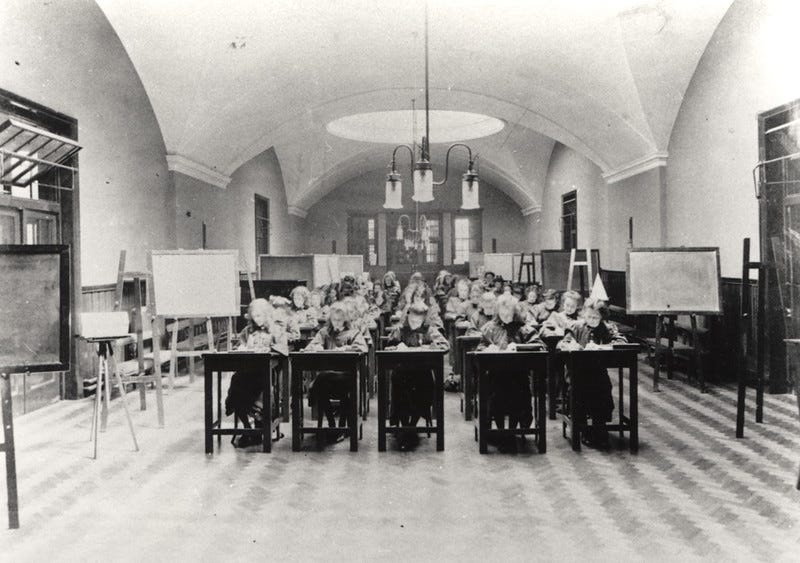The power of Learning Together
This is an open letter to Learning Professionals advocating for face to face programs:
You know in your heart that bring people together for a training is a good thing. You want to fly everyone in for the program. But you need to rationalize the cost.
In our current environment with the ease and low-cost of virtual meetings and self-directed learning, the decision to design a course that is co-located is not as clear cut as it was 20 years ago. One of the arguments for co-locating a class is that 'the participants will be able to network and connect', which is a wonderful thought.
Wonderful, but is it rooted in actual research?
It wasn't. That's why I decided to study it for my dissertation years ago. (That and because I didn't need to invent a whole new research instrument, which is a horribly painful way to dissertate.)
When I worked on my doctorate, I was interested in how formal training impacted informal learning. I wanted to support the age-old assertion that people will come together and connect meaningfully at a program. I found some research on informal learning networks in organizations and decided to add in the variable of participating in training together.
I looked at a small marketing firm and did a social network analysis of the participants in several learning cohorts over a six month period. This was the first program anyone did in the company - an onboarding training meant to orient people to systems and culture. The participants in the programs all came in at different levels and in different parts of the organization, so normal dynamics would suggest that they would look to people who shared departments, were similar levels, or shared office locations with them more than their classmates.
The instrument I used collected that demographic detail and what cohort they participated in for onboarding. It also asked them how frequently they had asked each person about some work-related topic in the past month. With that data, I went off and performed a network analysis.
When the dust had settled, the results showed what I had hoped for. Of all the variables in the study, the one that most predicted reaching out was sharing a training cohort. In fact, only one other variable predicted information seeking at all - gender. Specifically, being of the opposite gender. We did not pursue the why of that, but if anyone else wants to, the follow up research could be amazing.
So now research does show that learning together helps promote informal learning back in the office. It may not be enough to fully convince stakeholders to fly everyone to Orlando, but rest assured that you instinct that learning together brings people together is correct. Maybe try planning closer to the main office?


